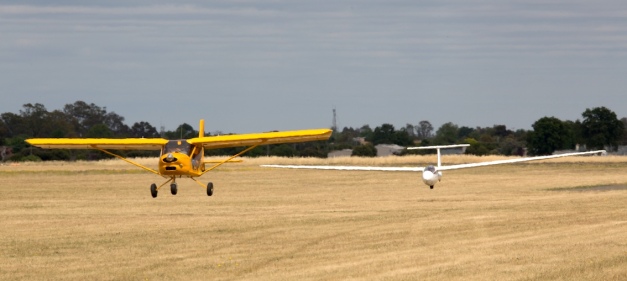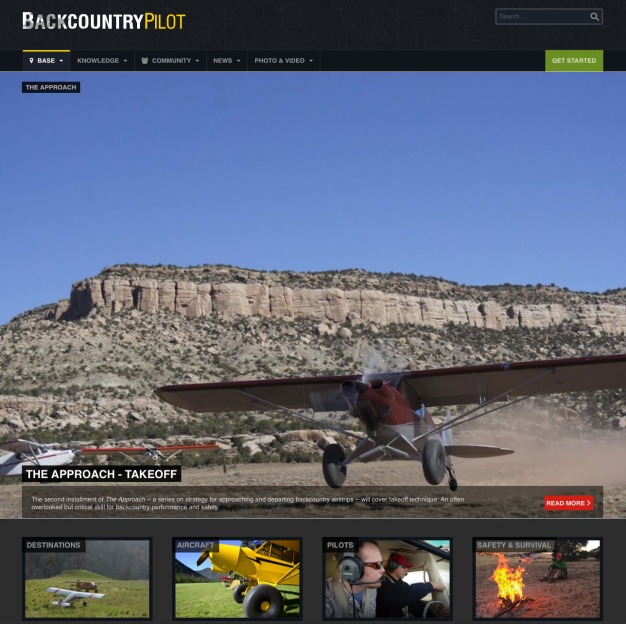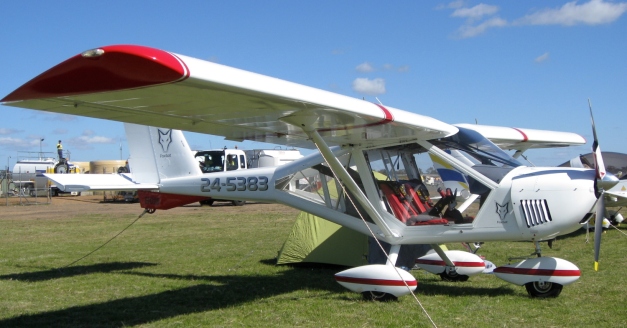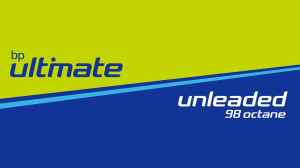The Foxbat is used successfully in several countries as a glider tug and was recently tested in both Australia and New Zealand to find out just how capable the aircraft might be for this purpose.
Below is a synopsis of the New Zealand experience and a link to a video covering the Australian testing. The NZ Foxbat was a standard 100hp Rotax 912ULS powered A22LS fitted with a KievProp series 283 (71″ diameter) propeller and a Tost glider release hook. The Australian aircraft was identical, except that we used the 68″ WarpDrive propeller with tapered tips, which customers more commonly order for best cruise.
[As a short aside, after the respective towing experiences, we tested the two different propellers, to establish which would give the best static thrust for glider towing. In simple terms, at the same maximum throttle 5,700rpm engine speed, the WarpDrive tapered tips prop gave around 135kgs static thrust and the KievProp 283 series around 185kgs – close to 50% more static thrust. It is thus pretty conclusive which prop would give the best performance for glider towing, if not outright cruise speed.]

Foxbat glider towing at Benalla
The tug pilot in New Zealand was Ian Williams, who has over 30 years’ experience of towing gliders. He says that depending on glider weight, the Foxbat was towing up to 2,000 feet at times between 6 and 9 minutes, from wheels off to wheels landing. This is just about the same total time as heavier GA tug aircraft, times which are also borne out by Australian tow times. What the Foxbat may lose in outright climb, it easily regains in descent, where the liquid cooled Rotax engine helps protect from shock-cooling.
With similar tow times to typical GA tugs, the Foxbat offers some useful additional advantages:
– it is much more economical on fuel and maintenance, burning well under half the fuel per tow
– it is much quieter, an important factor where residential housing is encroaching on airfields
– in an emergency, the Foxbat, being much lighter and more manoeuvrable than its GA counterparts, should be able to recover from unusual attitudes very quickly
Overall, in both New Zealand and Australia it was felt that the Foxbat could handle 75-80% of glider towing required by clubs, with only heavy, water-laden single seaters and some heavier two seat gliders outside the flight envelope. In Australia, it was noted that high-tow resulted in much better performance than the more common and preferred low-tow technique.
For Australian information, here’s a link to a short video of Foxbat glider towing at Benalla, with the Gliding Club of Victoria in Australia. Chief tug pilot Mark gives the commentary.
If you want to try out a Foxbat for glider towing at your club, please contact:
– in Australia, Peter Harlow at Foxbat Australia – +61 413 900 892
– in New Zealand, Doug King at LiteFlight Green – +64 210 285 6932
 Saturday 6 September was flying day at the Aeroprakt factory and club airfield.
Saturday 6 September was flying day at the Aeroprakt factory and club airfield.










